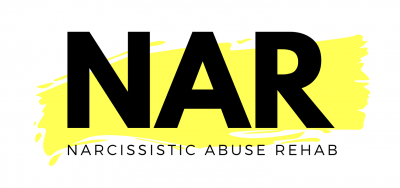This article explorers the many subtle ways narcissism can impact the academic performance of college students.
Narcissism
Learn how to navigate relationships with narcissistic people effectively and protect yourself in personal and professional settings.
Learn to how to recognize a narcissist. Tips for setting boundaries and seeking support for healthier relationships.
Depictions of narcissism on the silver screen reflect society’s struggles with issues like ego, identity, and empathy.
Find expert recovery support after leaving a toxic relationship so that you can heal and rebuild your life.
On shame-based behavior, its role in dysfunctional narcissism, and why it is importance of compassionate understanding.
Narcissistic Abuse Rehab is happy to reveal our selection as one of The Top 10 Narcissistic Abuse and Narcissism Blogs of 2023.
Does narcissistic abuse cause narcissism? Discover what evidence based research from leading experts has concluded about this topic.
Was it femicide? Bryan Kohberger followed Kaylee Gonçalves, Madison Mogen, Xana Kernodle on Instragram prior to the quadruple homicides in Moscow, Idaho.
Nick Haslam, Professor of Psychology a of University of Melbourne, on the fragile self-esteem linked to extreme narcissism.










